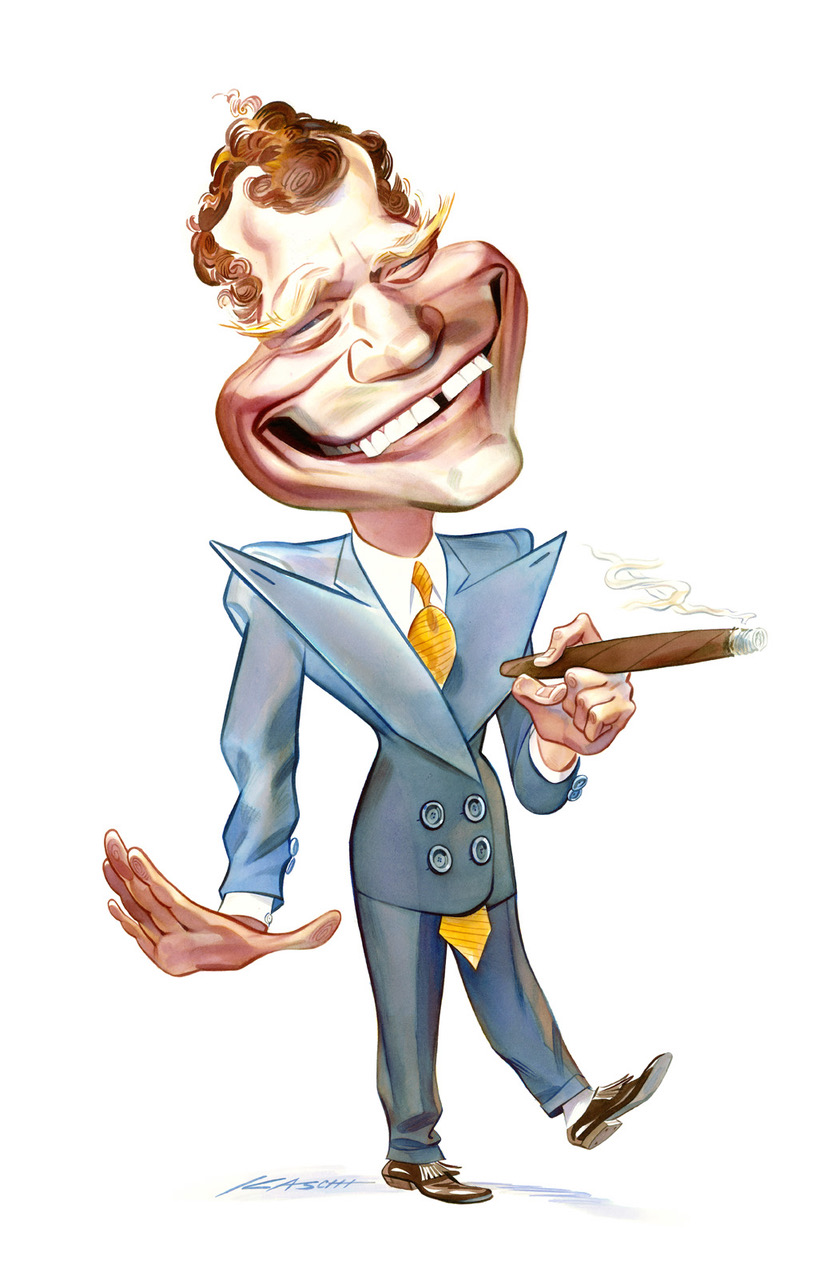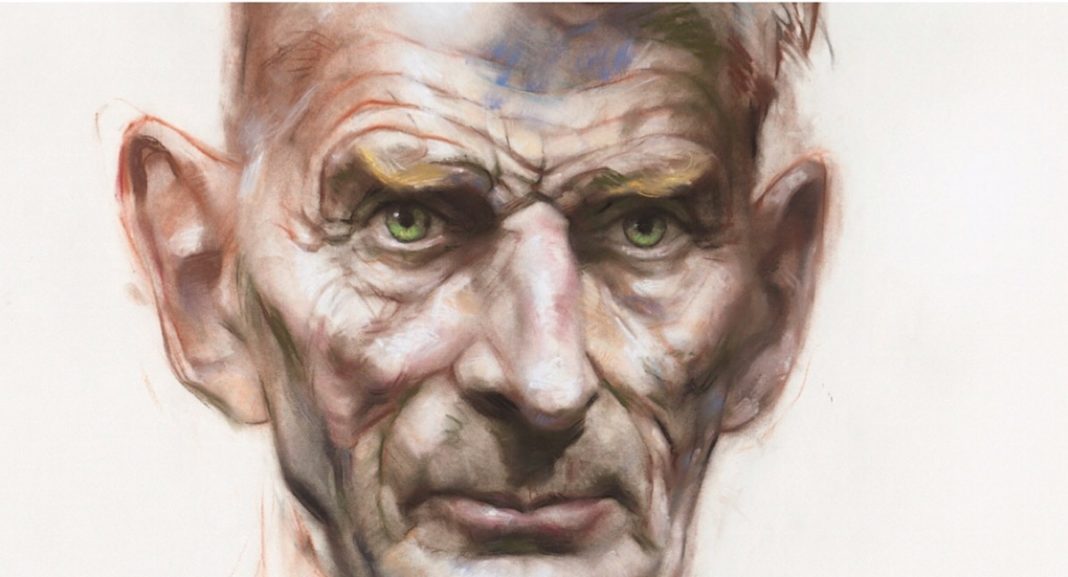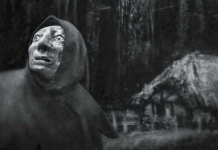Cartoon Art Museum
781 Beach Street
San Francisco, CA. 94133
John Kascht has a way with faces. Study any one of his portaints and you will never visualize faces the same way again. And starting September 14, 2019 the Cartoon Art Museum will host “MAKING FACES: Portraits by John Kascht,” a retrospective of drawings and paintings by Kascht. The show will draw from Kascht’s 35-year career.
“I’ve been an obsessive observer and imitator of people for as long as I can remember,” said Kascht. “As a kid I did imitations of the way my parents’ friends walked and talked, and I impersonated people I saw on TV. So before I ever drew caricatures, I was performing them.”
Pete Docter, chief creative officer at Pixar Animation Studios and award-winning director of Up and Inside Out, had this to say about Kascht:
“John Kascht has the rare and unique gift of not only being an amazing artist, but of somehow being able to capture the soul of a person in a drawing.”
MAKING FACES will run through January 5, 2020. An opening reception will take place at the museum on September 22 starting at 6:00 pm, with Docter moderating the discussion. Tickets are available online and are available at a discount with the purchase of an exhibition catalog.
The Beat got the opportunity to speak briefly with Kascht about the MAKING FACES, his favorite pieces and who he wishes he could draw next if given the chance.
Nancy Powell: How did you get into doing this kind of portraiture?
John Kascht: When people ask how I got into caricature, I’m at a loss. I didn’t get into it exactly… it’s more like it got into me somehow.
My first drawn caricatures were of the nuns in grade school. Catholic school is a great place to develop your satirical chops, by the way. I made some comic books about my family, which were sort of nasty but well received, and my lifelong love affair with caricature began officially. I was incredibly focused and my skills improved. I started noticing caricature in the context of political cartoons and magazine illustrations and at 14 I took a bunch of drawings to the local newspaper intent on getting them published. Amazingly, the editor met with me. More amazingly, he took me seriously. I realized much later what a tremendous gift that was. He invited me to submit cartoons and he purchased the good ones for $25. Even better, he critiqued the lousy ones. I became a regular contributor and learned a great deal about current events, about journalism, about illustrating for publications. I thought I was just having fun, but I was on a career path.
Powell: What goes into creating a caricature of a notable figure? Is it a personality quirk that piques your interest? Something newsworthy about the subject? Pure curiosity?
Kascht: I like the expression “capturing a likeness” because it implies a chase or a hunt and that describes the process exactly. I don’t have much of a method, I just start drawing – a nostril, the shape of a jaw, a unique posture, or whatever it is that first pulls me. Then it’s a matter of finding and losing the likeness over and over until it doesn’t get lost anymore. Some people put up a long chase and some just lie there waiting to be caught. It still seems like a miracle to me when the person I’m drawing looks back.
Powell: Throughout your career, which caricature has been your favorite?
Kascht: It’s tough to pick favorite pieces. When I look at any of my own work, my eye goes immediately to the parts of the drawing that fell short.
I do have a soft spot for a drawing of David Letterman I made for The New York Times. It was the first color caricature to appear on the front of The Times‘ Arts and Leisure section after the paper converted to color printing. It was also one of the few caricatures ever to appear in the section not drawn by the great Al Hirschfeld. Unbeknownst to Hirschfeld, I was being auditioned to succeed him as the paper’s cultural caricaturist. Nothing in my career has honored me more, or made me more uneasy. Hirschfeld was the position, after all. His shoes couldn’t be filled. But, some of The Times‘ editors thought his style was a bad fit for the new color format. Publishing my Letterman caricature was meant to test the waters. Al’s reaction to seeing my full-page caricature in “his” section was unequivocal: he grumbled to the publisher and lived for another decade, outlasting the editors who wanted to replace him. He drew until the day he died, just shy of 100. I continued freelancing for The Times, but the position of Cultural Caricaturist passed into history with Hirschfeld, as it should have. Anyway, that Letterman drawing brings back a load of interesting memories. It’s now in the collection of the National Portrait Gallery in Washington DC.

Powell: And which has been your least favorite?
Kascht: I’ve never captured a decent likeness of Tom Hanks. I think my powers of observation are pretty good but apparently he’s my Kryptonite.
Powell: Whose portrait would you like to tackle next and why?
Kascht: Tom Hanks. Why not?












